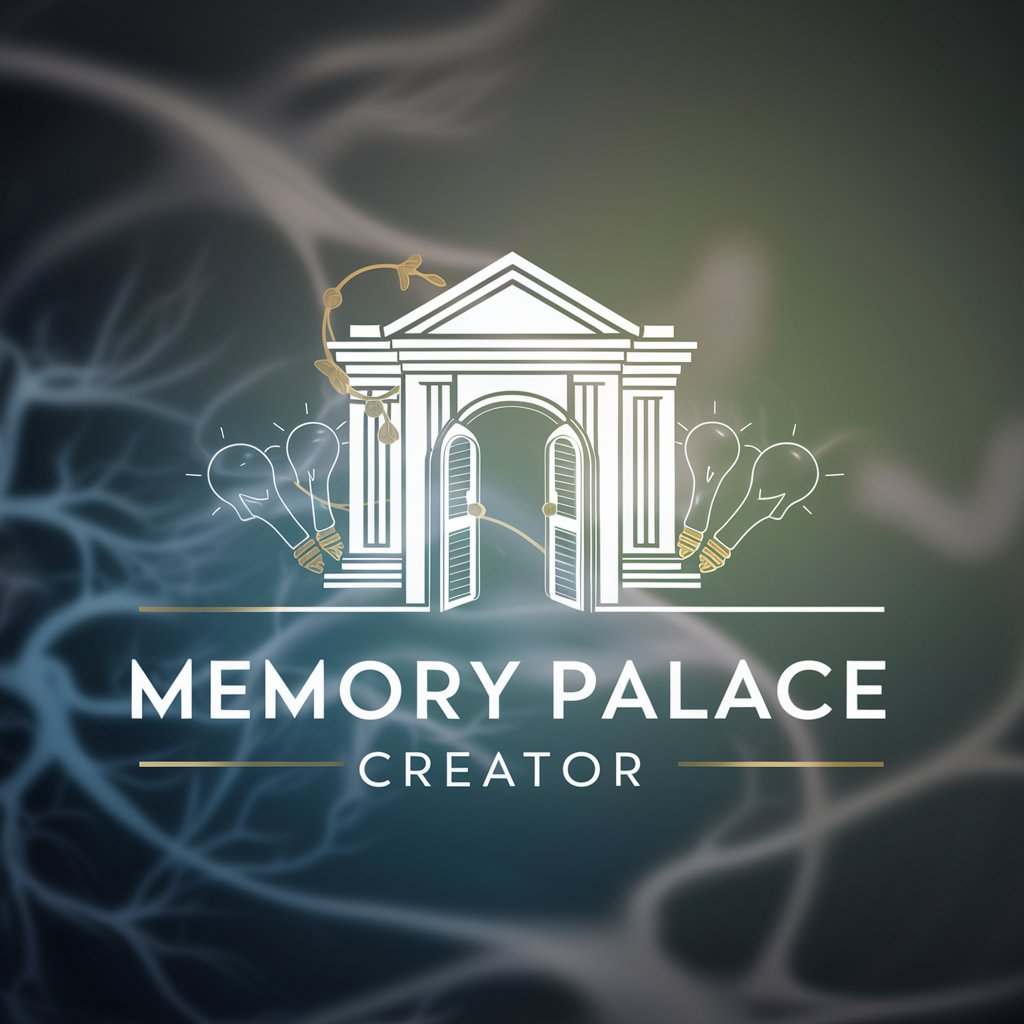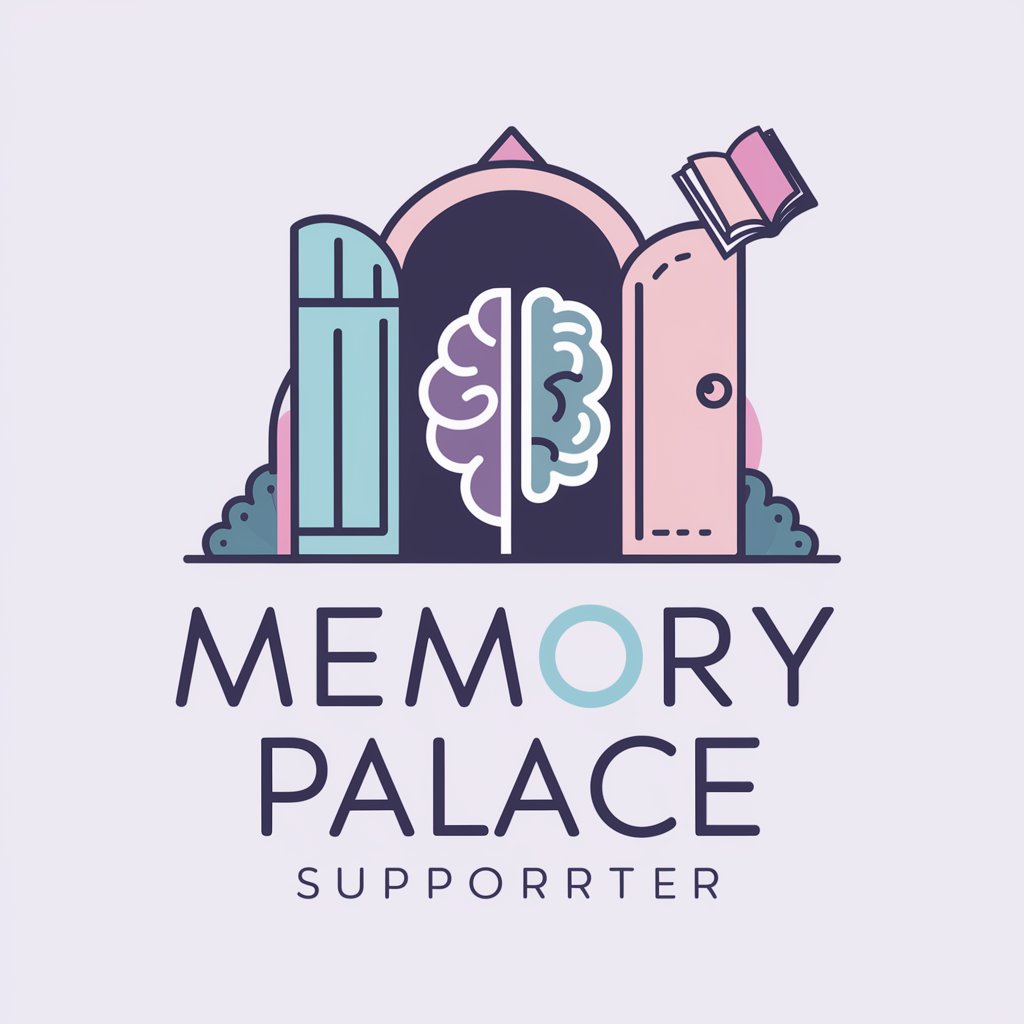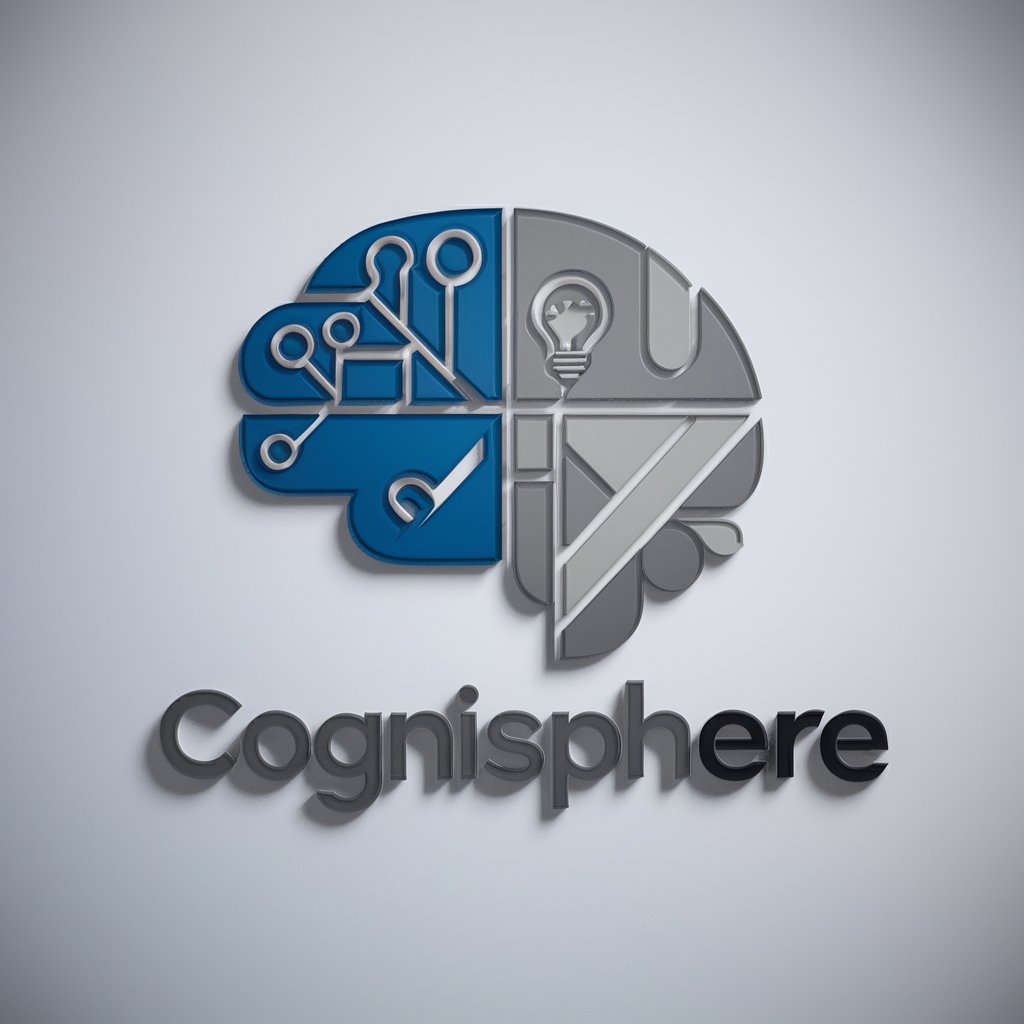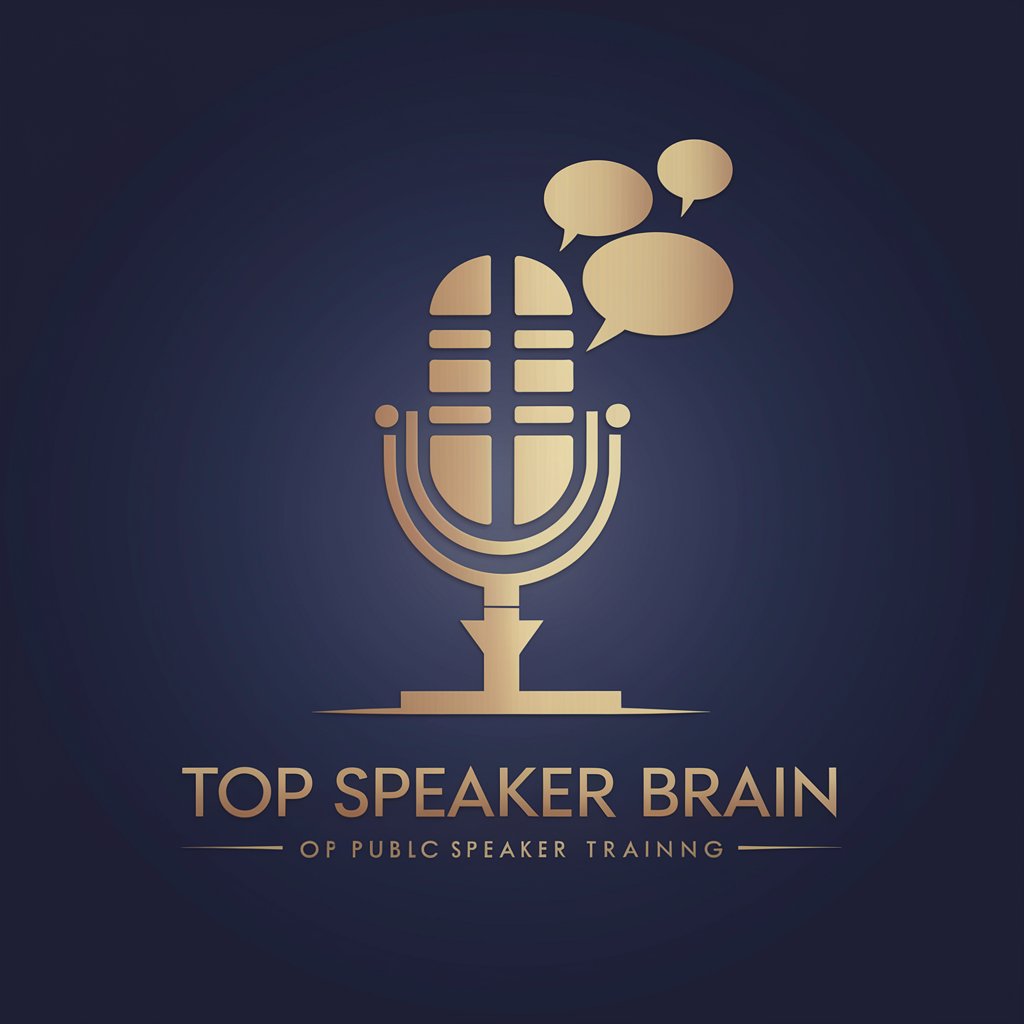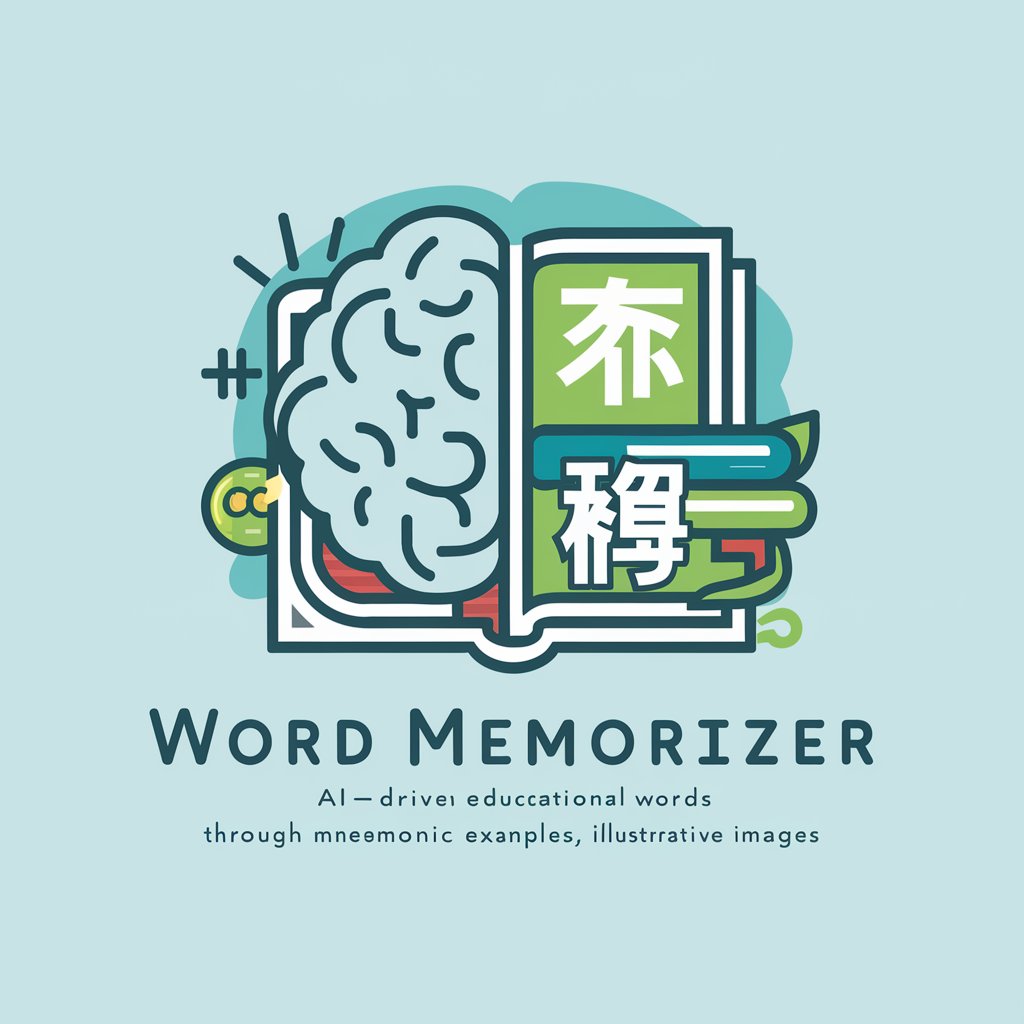
Hippocampus - Advanced NLP Assistance
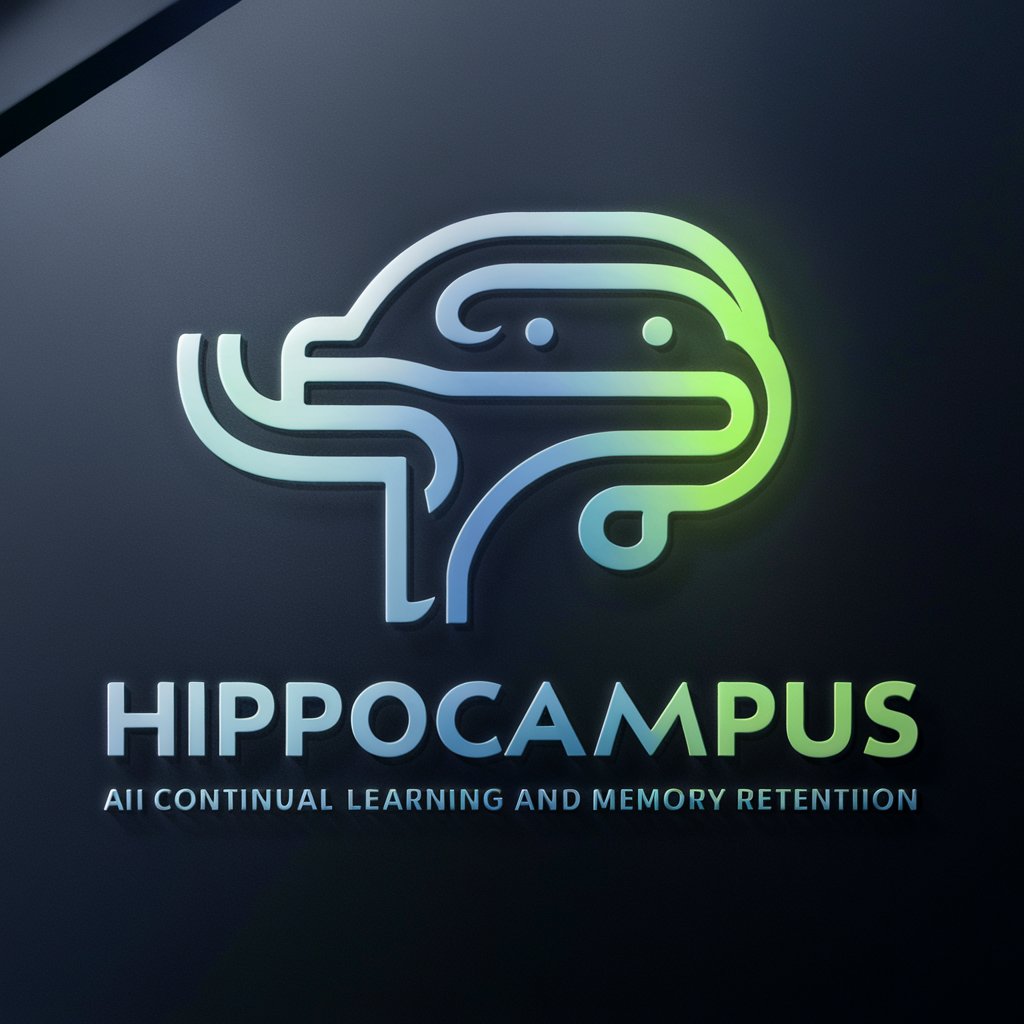
Hello! I'm Hippocampus, your AI guide to continual learning and memory retention.
Empower Your Work with AI
Explain the concept of continual learning in artificial intelligence and its challenges.
Describe the benefits of hippocampal memory indexing in machine learning.
How does generative replay prevent catastrophic forgetting in neural networks?
Discuss the importance of memory compression techniques in continual learning models.
Get Embed Code
Overview of Hippocampus
Hippocampus is designed as an advanced AI model that mimics the biological hippocampus's function in the human brain, focusing on enhancing continual language learning and minimizing catastrophic forgetting. By integrating a unique hippocampal memory indexing module, it efficiently manages the balance and quality of generated replay samples. This is achieved by storing compressed features of previous training samples, allowing for specific sample recall during new learning phases. A practical example is in natural language processing tasks where it can maintain proficiency in older tasks while learning new ones, thus addressing the common issue of forgetting previous knowledge. Powered by ChatGPT-4o。

Core Functions of Hippocampus
Generative Replay Improvement
Example
In continual learning scenarios, such as transitioning from task A to B, Hippocampus can generate high-quality pseudo-samples of A when learning B, effectively preventing forgetting.
Scenario
When training a model sequentially on multiple NLP tasks, such as sentiment analysis followed by question answering, Hippocampus ensures that performance on sentiment analysis remains robust.
Memory Engram Encoding and Compression
Example
Uses BERT for encoding training samples into compressed memory engrams, storing essential information in a smaller data footprint.
Scenario
In a multi-task learning environment, memory compression allows for efficient storage of information from thousands of training samples without requiring significant memory, which is crucial for applications with limited hardware resources.
Controlled Sample Generation
Example
Generates training samples based on stored memory engrams, ensuring a balanced representation of all previously learned tasks.
Scenario
For language models continually updated with new data (e.g., evolving language in social media), it can reproduce older linguistic styles or terminology, thereby maintaining a comprehensive language model.
Target Users of Hippocampus
AI Researchers and Developers
Those involved in developing advanced machine learning models, particularly in areas requiring the capability to learn continuously from data streams without forgetting previous knowledge.
Tech Companies with NLP Applications
Companies that manage evolving NLP systems, such as chatbots, virtual assistants, and other AI-driven interactive platforms, would benefit from Hippocampus's ability to adapt to new data while retaining older, crucial information.
Educational and Research Institutions
Institutions that require robust language models to study linguistic patterns over time or across various domains would find Hippocampus useful for its ability to manage multiple tasks and datasets effectively.

How to Use Hippocampus
1
Start by visiting yeschat.ai to try out Hippocampus without the need to log in or subscribe to ChatGPT Plus.
2
Familiarize yourself with the interface and the main features provided, which include text-based interaction and data processing.
3
Define the scope of your requirements. For instance, specify if you're using Hippocampus for academic research, content creation, or data analysis.
4
Input your queries or data. Hippocampus can process and analyze text, answer queries, and help generate content based on the input provided.
5
Evaluate the responses. Make adjustments to your queries if necessary to refine the results and better meet your needs.
Try other advanced and practical GPTs
Traductor ES-EN
AI-powered Spanish to British English translations

Traductor Español a Portugués
Bridging Languages with AI Precision

Traduce al Francés
Effortless Spanish to French translations, powered by AI.

Traduci Appunti
Translating academic notes with AI precision.

Traductor Español a Italiano
Powerful AI-driven Spanish to Italian translation.

Traductor Español a Chino
Translate Spanish to Chinese, powered by AI

Vocational Voyager
Experience Your Future Career Today

Vocational Educator Assistant: Daily Task Helper
Empowering Vocational Education with AI

EduCreator Pro
Empowering careers with AI-driven learning.

MediStats Questioner
Empowering Learning with AI-Driven Stats
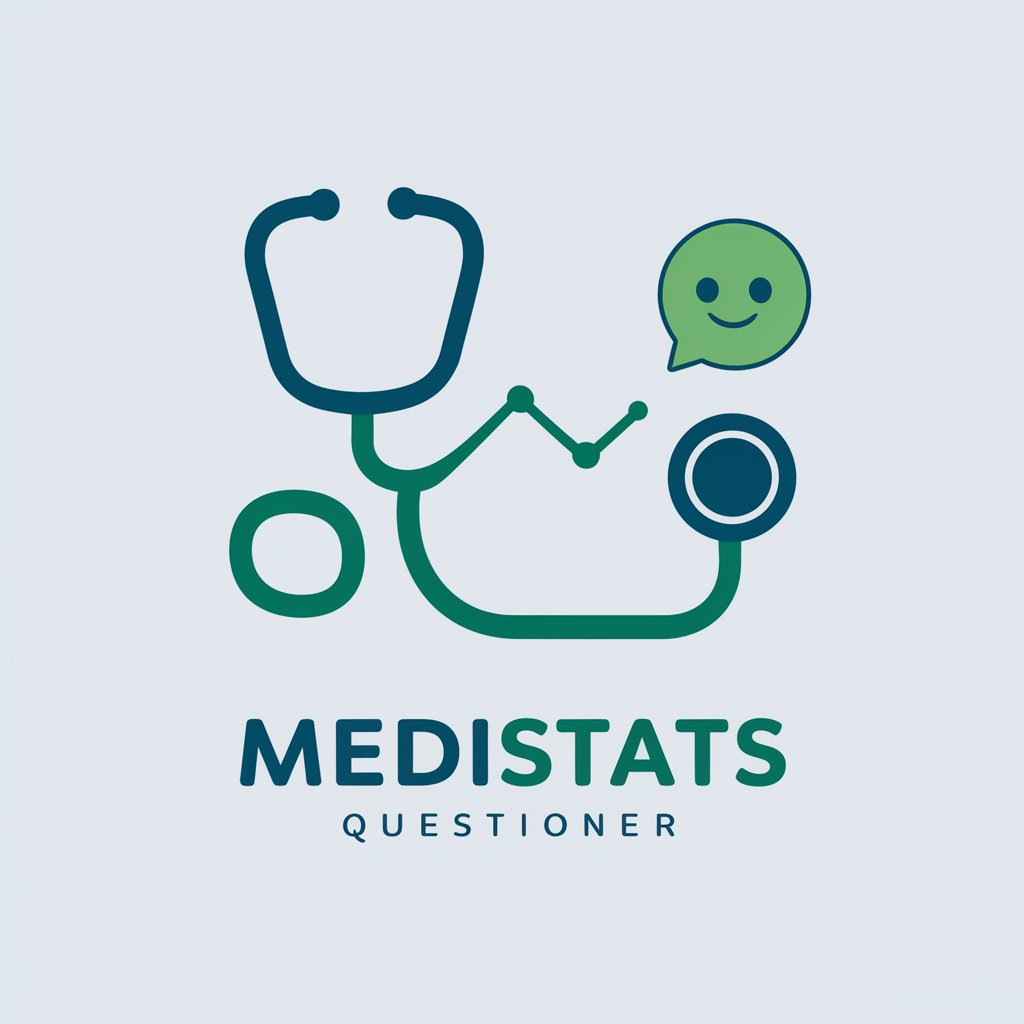
Yrkeshögskolan
Empowering your career with AI-driven education guidance.

SONA College Project Assistant
Empowering Your Educational Journey with AI

Questions and Answers About Hippocampus
What is Hippocampus primarily used for?
Hippocampus is designed to assist with various tasks like academic research, content generation, and comprehensive data analysis, leveraging advanced natural language processing capabilities.
How does Hippocampus handle continuous learning?
Hippocampus implements strategies inspired by human memory processes to manage continual learning, reducing the risk of forgetting previously learned information while integrating new knowledge.
Can Hippocampus be used for educational purposes?
Yes, educators and students can use Hippocampus for creating learning materials, conducting research, and other educational activities.
What are the limitations of using Hippocampus?
While highly versatile, Hippocampus may require specific tailoring or adjustments for specialized tasks, and its performance can depend on the quality and format of the input data.
How can one optimize their use of Hippocampus?
Optimizing use involves clearly defining tasks, providing detailed and relevant input, and regularly updating the system with feedback and new data to improve accuracy and relevance.
